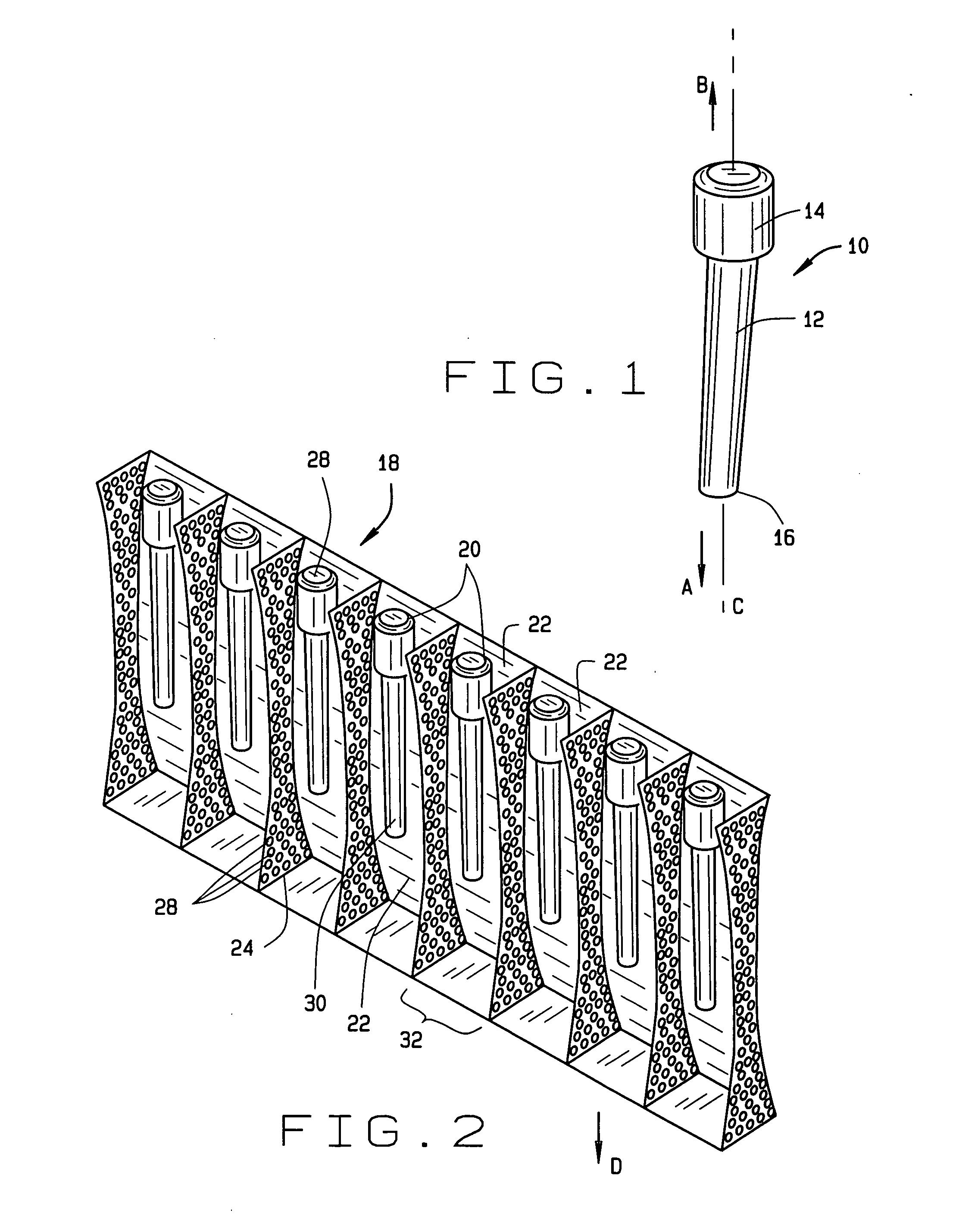Vertical takeoff and landing aircraft
a technology for vertical landing and aircraft, applied in vertical landing/take-off aircraft, aircraft navigation control, intermittent jet plants, etc., can solve the problems of reducing cruise efficiency, oversized axial propulsion, and limiting the range/payload of known tactical vtol aircraft, so as to reduce the vulnerability to hostile detection and aggression
- Summary
- Abstract
- Description
- Claims
- Application Information
AI Technical Summary
Benefits of technology
Problems solved by technology
Method used
Image
Examples
Embodiment Construction
[0034] The following description of the preferred embodiment(s) is merely exemplary in nature and is in no way intended to limit the invention, its application, or uses.
[0035] Referring to FIG. 1, a pulsejet engine 10 is shown. The pulsejet engine 10 includes a body 12 having an inlet end 14 and an exhaust end 16. Propulsion thrust from the pulsejet engine 10 discharges from the exhaust end 16 in a propulsion exhaust direction A. Air, normally at atmospheric pressure, enters the inlet end 14. The air mixes with a fuel (discussed in reference to FIG. 11) which is detonated to produce thrust to propel a platform (not shown) in a platform travel direction B. In the exemplary preferred embodiment shown, both the airflow and the burned fuel / air mixture travel in the propulsion exhaust direction A approximately parallel with a pulsejet engine longitudinal centerline C. In one preferred embodiment, pulsejet engine 10 is constructed of a material, for example steel or titanium, that is hig...
PUM
 Login to View More
Login to View More Abstract
Description
Claims
Application Information
 Login to View More
Login to View More - R&D
- Intellectual Property
- Life Sciences
- Materials
- Tech Scout
- Unparalleled Data Quality
- Higher Quality Content
- 60% Fewer Hallucinations
Browse by: Latest US Patents, China's latest patents, Technical Efficacy Thesaurus, Application Domain, Technology Topic, Popular Technical Reports.
© 2025 PatSnap. All rights reserved.Legal|Privacy policy|Modern Slavery Act Transparency Statement|Sitemap|About US| Contact US: help@patsnap.com



